![]()
Google is sticking to a tried-and-tested Pixel design for the foreseeable future. This is not only a good thing, but it’s a great thing, and as the roadmap comes into focus, it makes even more sense the longer we look at things. Here’s why.
Are we at the limit of smartphone design?
Save foldables, over the past few years, most smartphones have converged in design, stature, and core functions. Because the front of a phone is almost all display now, the only real way to differentiate your device from another is how the camera stack looks at the back.
Samsung and Apple have chased thinner profiles with the Galaxy S25 Edge and iPhone Air, but with a smaller portfolio and less room for experimental form factors, Google has doubled down on the camera bar to help make Pixel phones stand out. Without that, you could be forgiven for thinking the Pixel 9 and Pixel 10 were just rebadged iPhones.
From a pure aesthetic perspective, there isn’t a great deal of wiggle room to change things up without giving up the identity or affecting the usability. Smaller display bezels, a bigger camera bump, maybe a thinner profile. We hit “peak” smartphone a few years ago, and only China is really trying to do anything different with massive camera sensors and hulking camera bulges to take advantage of the hardware. Google won’t do that with Pixel design as the company is focused on refining a product that has only just started to be competitive in most areas for the first time.
Advertisement – scroll for more content
![]()
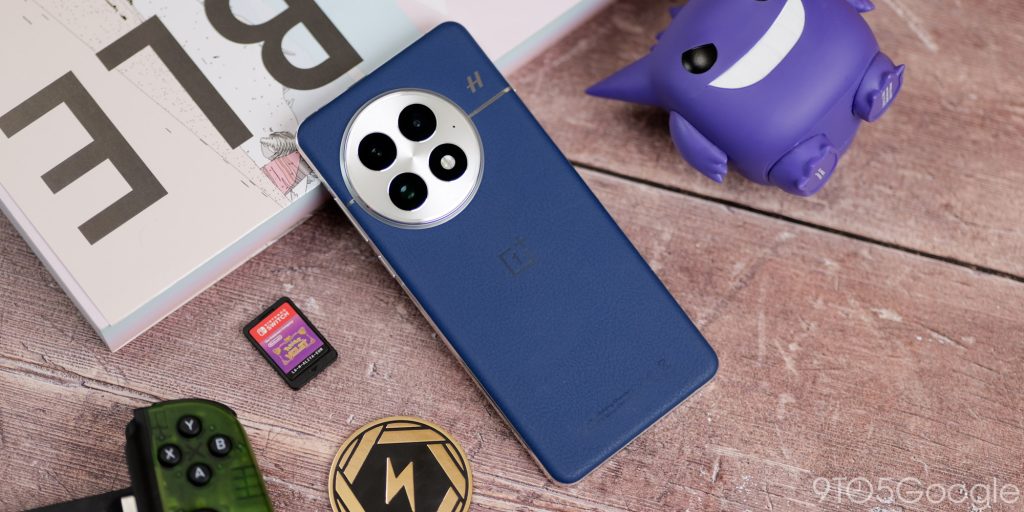
Although there are similarities in size and stature, thanks to the camera bar, the Pixel has a strong identity that not only pays homage to one of the most iconic Nexus phones. We’ve had a central camera position before, but few have done this quite so intently. The camera bar is entirely unique and a strong visual anchor for the Pixel brand, which is why Google is hesitant to give it up. Given how important the camera has been for Pixel phones, it’s Google’s way of telling us: “This phone is all about the camera.”
One of the few downsides is that while we have a camera bar on the slabphones, the lack of a camera strip on the Pixel 9 Pro Fold and 10 Pro Fold may be due to engineering constraints. These phones still keep a floating panel for the camera layout, and while it’s not as prominent, it still retains some of the “true” camera bar aesthetic without getting too far away from the original premise.
It feels like we are very much at the limit of smartphone design. Some brands are going thinner and lighter. While others are trying to go bigger and bolder. Google is slap bang in the middle, and that seems to be the safest play to date.
Why does this matter? Well, Google has flat-out confirmed that we are not going to get major design changes each and every year from now on. We’re all well aware that the Pixel 10 was the first to rehash the previous design, which’ll continue until the Pixel 11, according to comments from Google’s Chief Design Officer for hardware products, Ivy Ross. Designs are finalized from now until 2027. For better or worse, we will see the same design for a while to come.
Homage comes full circle
![]()
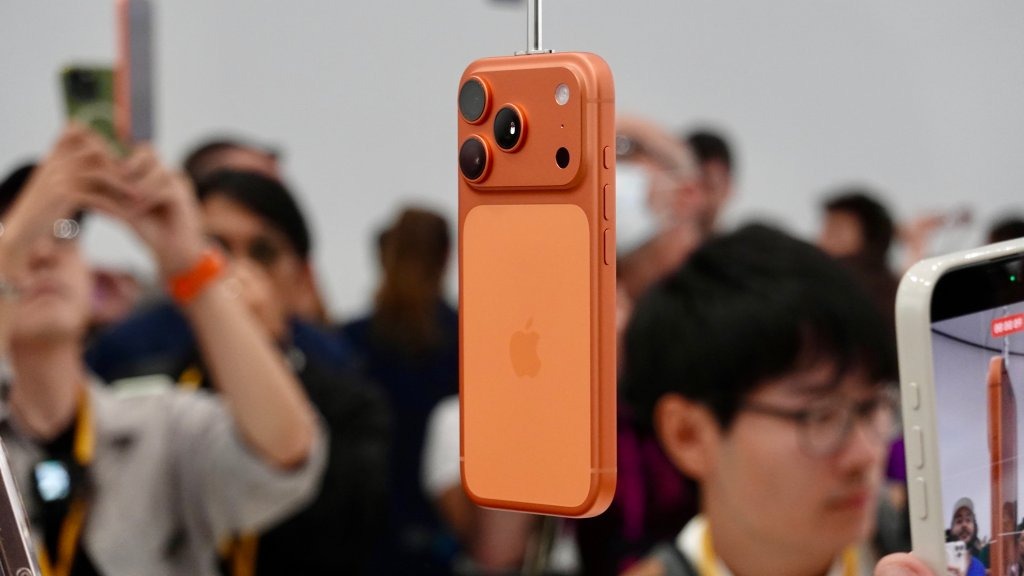
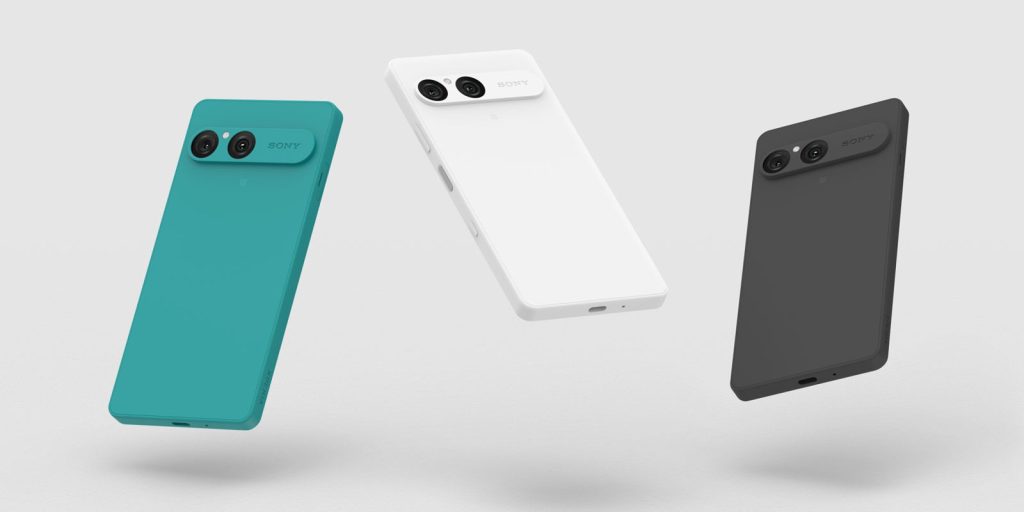
One of the base-level criticisms leveled – somewhat rightly – at the Pixel lineup since the first generation is how closely some designs have skirted that fine line of copycat or homage to the iPhone series. Google isn’t the only brand that does this. The problem is that many Android OEMs look at what comes out of Cupertino and just use it as the basis for their phone designs, despite having good ideas.
This has led to some convergence, and when Apple makes a change, we start to see more brands adopt the best of these and even some of the worst. Xiaomi and Oppo spring to mind, but Google saw that and just went all in with the Pixel 9 and 10, save one key component.
Either by a stroke of luck or a strange coincidence, we’re finally seeing more brands now look to Google for inspiration. Take, for example, the recent iPhone 17 Pro, which has a faint whiff of the camera bar at the back. Apple can call the camera bump whatever they want, but it’s still a camera bump. Sony has also ripped the camera bar off the brand new Xperia 10 series handset. This signifies that the camera bar is a very strong design choice that captures buyer attention. Google borrowed some things from others for the Pixel design, but now others are borrowing directly from Google.
Given Google’s small global market share, this is always a good sign. When big players start to copy your designs, you know you’re doing something right. You don’t need to throw away all of your good ideas when taking design cues from others.
Sustainability
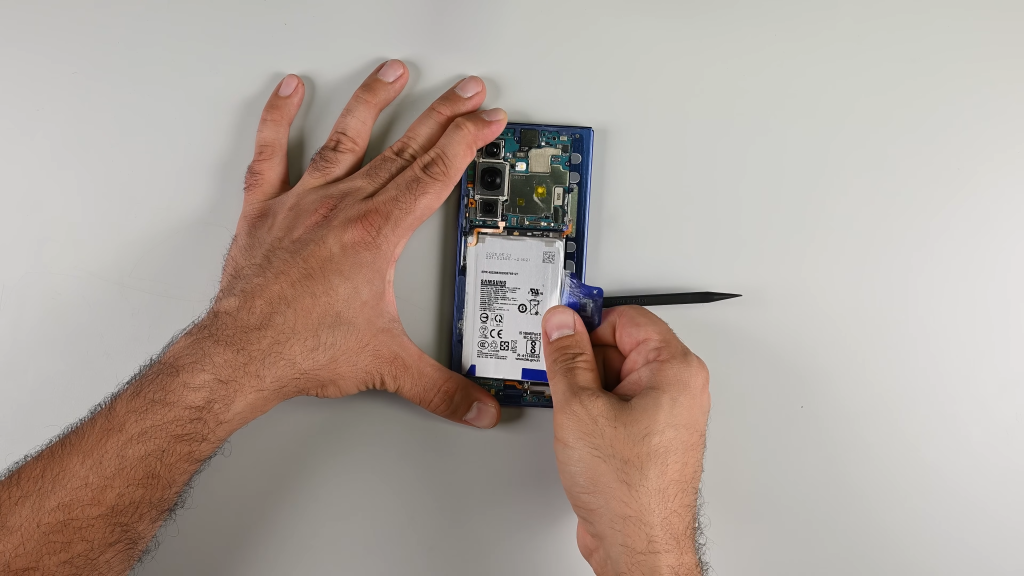
Incremental design changes in each release cycle are probably where we are in the wider smartphone space. Changes for the sake of change, few like them, are not worth it if it means introducing other problems, and while it’s great to see new designs year-over-year, does it really make all that much of a difference? I’d wager no, but there is another reason why keeping a similar or the same design is potentially a good thing for the planet.
As a species, we continue to use resources as if they are not finite. By sticking to a specific design, we lose out on the “new,” but our phones become more repairable and more sustainable. Sure, by no stretch is any modern top-tier phone, like the Fairphone lineup, “sustainable.” That said, Google is at least trying to improve the situation and give owners options to repair and restore their devices.
The Pixel 10 lineup uses at least 32% recycled materials. This isn’t a minor change; it’s a significant commitment. By using 100% recycled aluminum for the chassis and increasing recycled content to over 32% of the phone’s weight, Google is taking a serious step toward reducing e-waste. Improved dust and water resistance should mean better longevity in more situations.
Repairability has increased once again. Partnerships with iFixit and full guides on how to troubleshoot hardware issues and faults are just part of the reason reusing a design is only a good thing. Phones are essential in our society today, and with 7-year update plans in place, longevity is a key concern. If you can find parts and repair your phone for years to come, it’s a tangible consumer-focused benefit.
Retooling manufacturing, adjusting designs, and throwing out a solid setup is not something that makes a whole lot of sense when the Pixel is just finding its feet after years of trying to crack the market. Even Ric Osterloh admits that the Pixel will never be a “giant player” in the market, but small gains each year are only a good thing.
The good, the bad, and the not so ugly
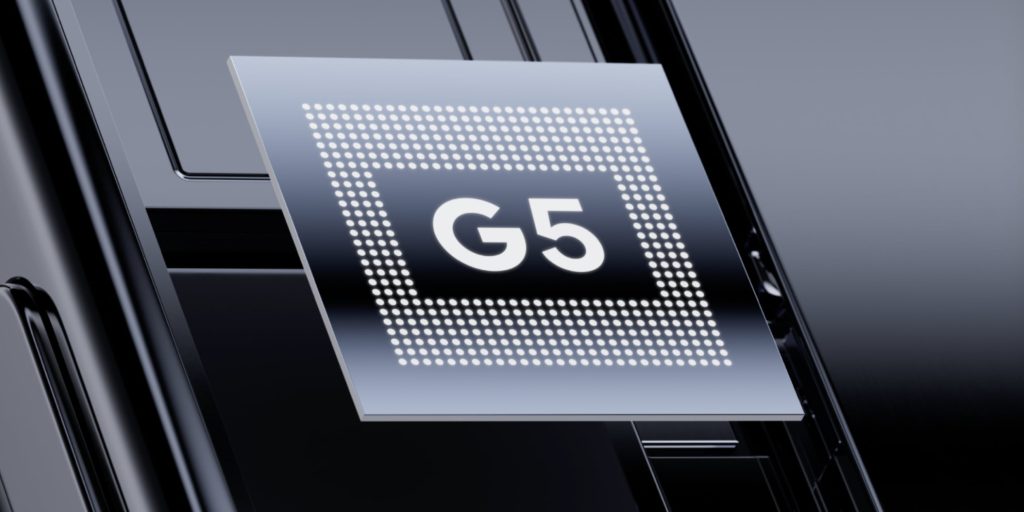
![]()
Frustratingly, Tensor remains the major weak point of all recent Pixel phones. Google can bleat about AI prowess and local processing, but the fact is, we need more powerful chips that at least compare well to Qualcomm’s latest and greatest. AI isn’t going to help out when we want to play games, or if you want to quickly edit a video you shot on your phone. There is only so much cloud computing can do to help performance when on-device tasks are so far behind the competition.
At some point, chip power matters. It feels like Tensor G5 is the last chip that can be given a “pass,” as we need raw performance gains if phones are set to be supported for 7 years. The latest chips are going to be left behind, and not only will this age phones quickly, but it’ll also be a nightmare for the all-important resale value that most owners care about.
There’s also something broader to consider. With Android and Chrome OS effectively set to merge at some point in the not-too-distant future, Google’s messaging that the company is still looking for a “meaningful future” for tablets is not only confusing, it’s a concerning statement. Why does this affect the Pixel phone lineup? Well, you may remember that the recent Pixel Tablet uses the same chip found in the Pixel 7 series. Maybe Google is waiting for Tensor improvements to make a viable tablet-laptop hybrid. If we don’t get major performance gains, then we might not see tablet hardware again.
It’s all the more confusing because Android 16 QPR1 offers a desktop mode with a developer options toggle. So there is clear experimentation going on internally. Right now, the experience is barebones, but with some added grunt, the next wave of Pixel phones might actually be useful as a secondary productivity option in a pinch. The design doesn’t matter all that much here, but if we get no external hardware changes, the focus can be on the all-important internals – something which needs to be a focus with coming releases. It doesn’t matter how good your phone looks if it is being usurped by every other Android brand in the daily experience.
It’s all about AI
![]()
There is no escaping AI at the moment; it probably isn’t going to get any better any time soon, either. There is only so much AI and Gemini that can help with Pixel phones performance and experience. You have to be very confident that people want or desire specific features.
Magic Cue could be a great addition. So far, it’s a function that is only really useful if you use or have certain first-party Google apps on your phone. It doesn’t always appear when you think you’ll want it, but I understand that like Gemini, it’ll rapidly develop and improve the longer it exists. The suite of calling functions is great if you take or make calls enough to consider them valuable. Maybe people aren’t doing that as much as years gone by, but they are still value-adds.
Nothing is a “killer” application or service quite yet, though. Google’s approach has been to make AI functions feel helpful but not necessarily be the core component. Merely side notes that all combine to be considered useful, all despite plowing millions into jazzy ads showcasing some of the ways you can use Gemini. Realistically, Gemini is going to be more important than the hardware for Google. This probably explains why there aren’t too many truly exclusive Pixel features to keep you tied in to one phone. You’re still going to use Google services on another Android, which is both a weakness and a strength for the company.
Ultimately, Google is playing the long game. The Pixel’s design isn’t just about the phone you buy today; it’s about the repairability of the one you might keep for seven years, and the future of a brand that’s at least started to find its footing. It’s a bold bet on a familiar face, and a sign that for Google, the hardware is simply a vessel for the experience housed within the metal chassis. Whether it pays off is a different question entirely.
Follow Damien: Threads, Bluesky, Instagram
FTC: We use income earning auto affiliate links. More.


